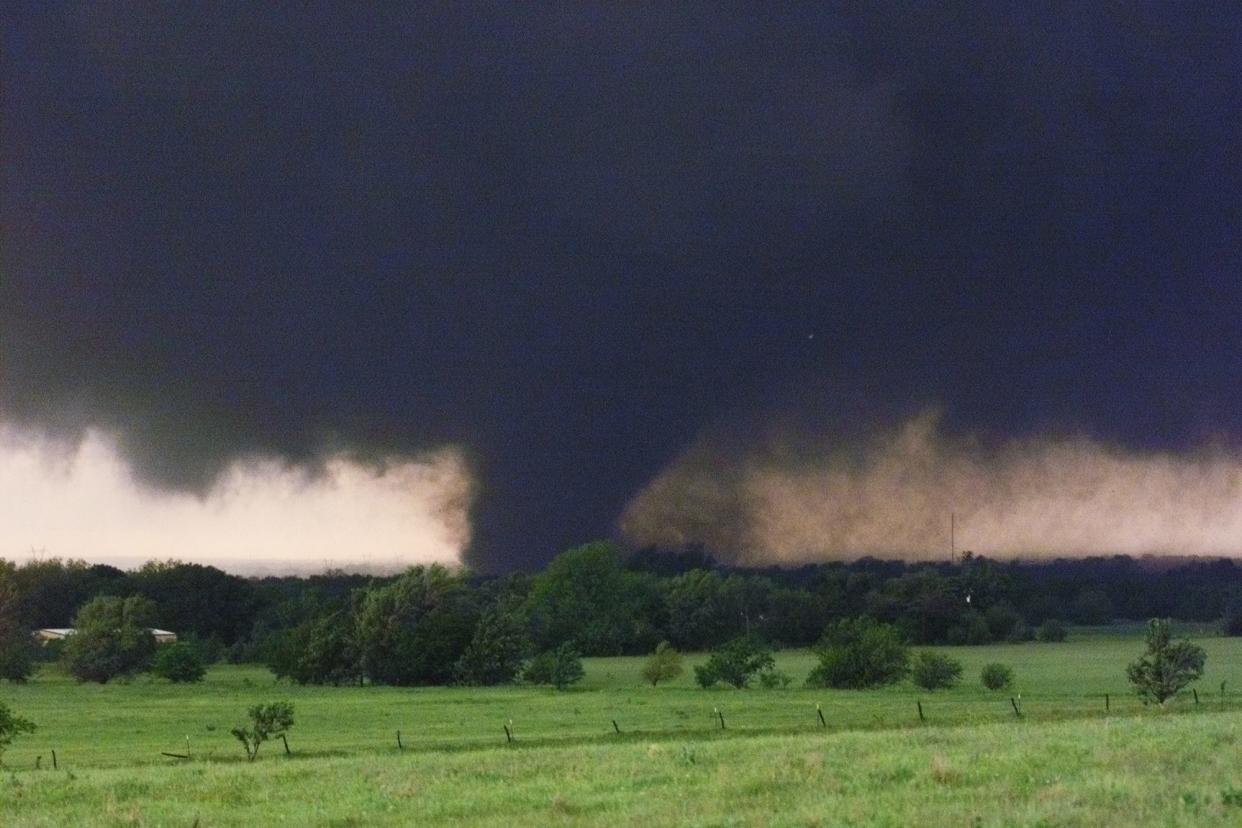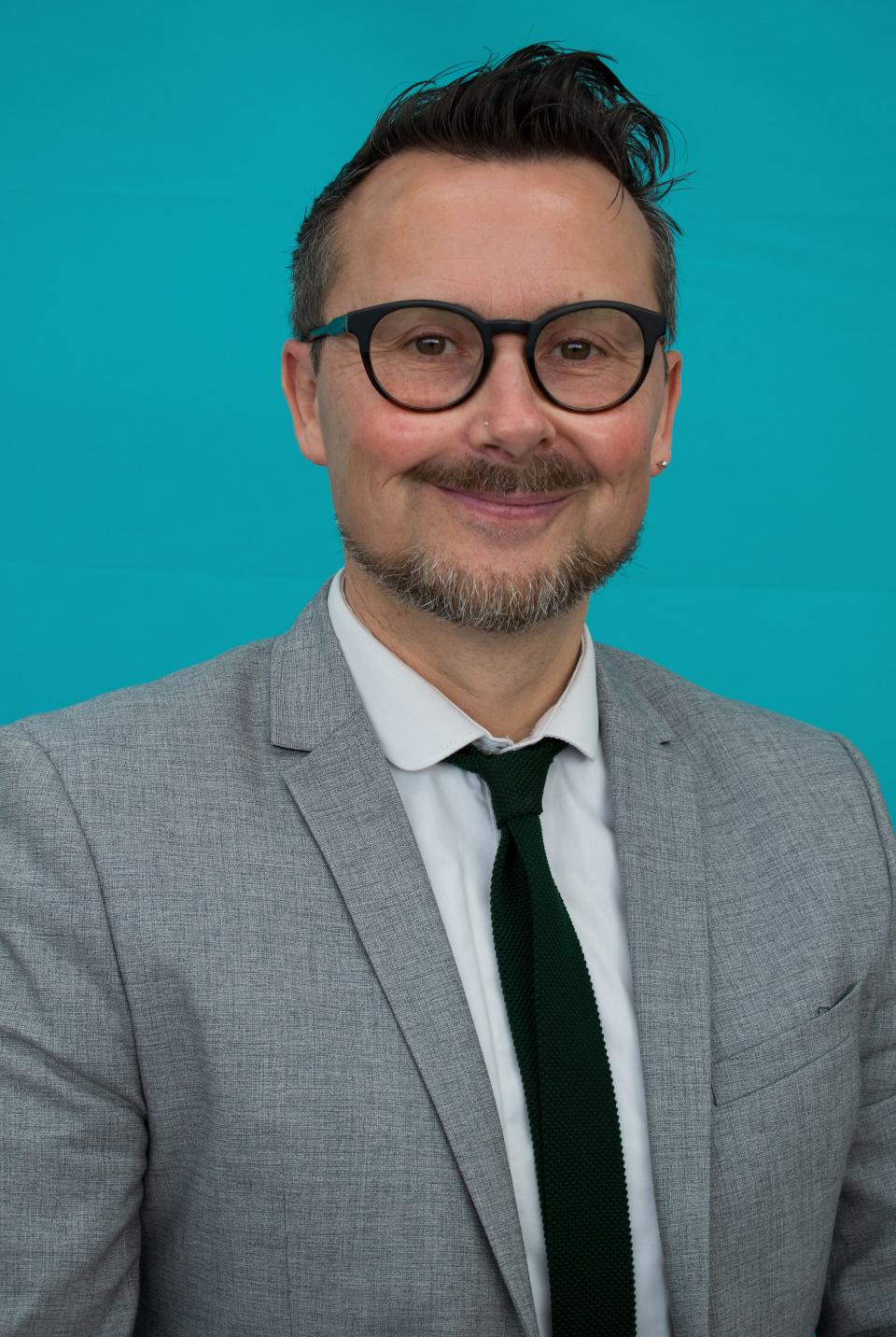Guest column: How Oklahomans can help scientists after a tornado strikes

Each year, more than 1,000 tornadoes affect communities across the United States. With an average of 44,000 households impacted and about two to three individuals per household, the Federal Emergency Management Agency estimates 111,000 people are exposed to tornadoes each year. Yet very little is known about how individuals receive, interpret and respond to information that includes weather alerts such as tornado watches and tornado warnings. In fact, only a small sample of tornadoes are ever studied, and most often those are only the largest tornadoes. No generalizable information exists on tornado warning response after real-world events.
Social science research is key to unlocking learning from past events to improve our communication of risk and preparedness options. While the National Oceanographic and Atmospheric Administration (NOAA) collects a staggering number of physical science data points about storms from satellites and radars, the weather community has much less information about the behaviors of the public when tornadoes occur.
Examples of behaviors can include the sheltering options taken and how safe individuals felt while taking cover. How and when we message about such options is key to improving survival outcomes and reducing injuries, too. If our messaging is successful, the long-term impacts of tornadoes can be less severe, allowing communities to bounce back more quickly and become more resilient to future events.
Research in Oklahoma is leading the way to study the behavioral impacts of severe weather.
The Tornado Tales web survey, launched this spring, is one such innovation. Designed and developed on the University of Oklahoma’s Norman campus by a team of NOAA National Severe Storms Laboratory (NSSL) and Cooperative Institute for Severe and High-Impact Weather Research and Operations (CIWRO) scientists and web developers, Tornado Tales aims to collect more information about how individuals respond to tornado watches and warnings issued by the National Weather Service. Taking a citizen science approach engages and empowers people to share real stories of how tornadoes have impacted their lives.
Citizen science allows the public to help scientists with research in ways that would be too costly or time prohibitive using other methods. The Tornado Tales citizen science tool is designed to reach a wider audience of impacted communities that would be very difficult to survey in person, but documenting those personal stories are so important.
The Tornado Tales survey takes about five minutes to complete and asks basic questions about individuals' responses to warnings and watches, including how they prepared for and monitored the weather and what safe space they used to shelter. Participants can reflect on recent tornadic events or even ones from years ago. Stories detailing long-term recovery efforts can be valuable in influencing the practices and policies of forecasters, emergency managers and broadcast meteorologists, as well as other social scientists.
This information can help NOAA identify areas where messages and communication may not be resulting in the most safe and effective actions, and hone safety messages. In addition to bolstering scientific strategies to preserve life and protect property, sharing their stories benefits participants, as well. When we partake in critical reflection on our own experiences, including what went well or poorly, it allows us all to collectively learn how to improve outcomes for everyone.
To access the Tornado Tales survey, go to https://apps.nssl.noaa.gov/tornado-tales/survey/

Dr. Justin Sharpe is a research scientist with the Cooperative Institute for Severe and High-Impact Weather Research and Operations (CIWRO) at the University of Oklahoma working with the NOAA National Severe Storms Laboratory.
This article originally appeared on Oklahoman: Why Oklahomans should survey their response after a tornado strikes

